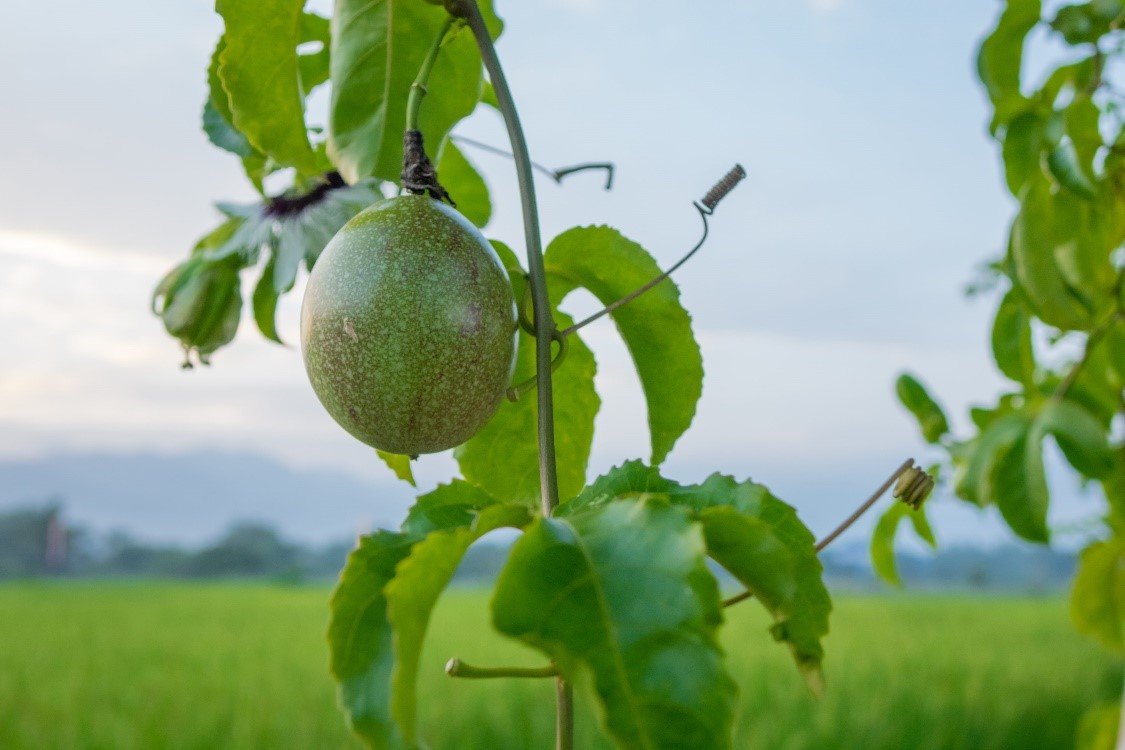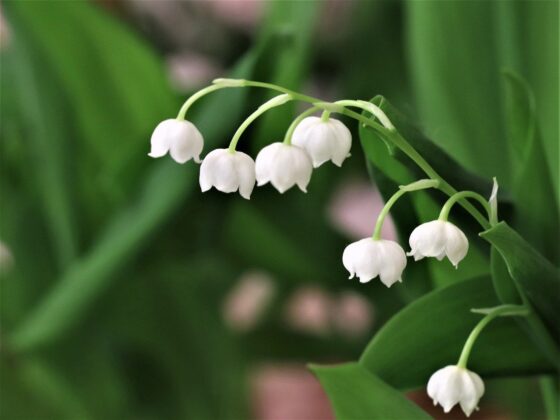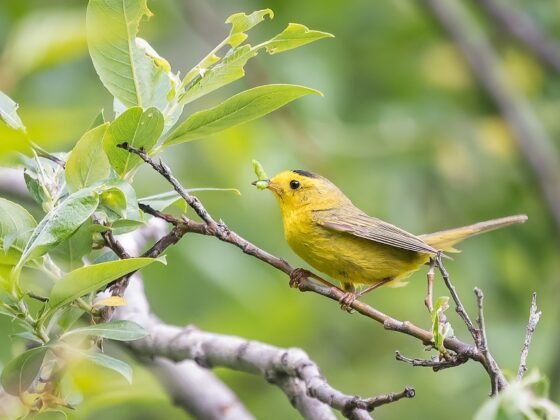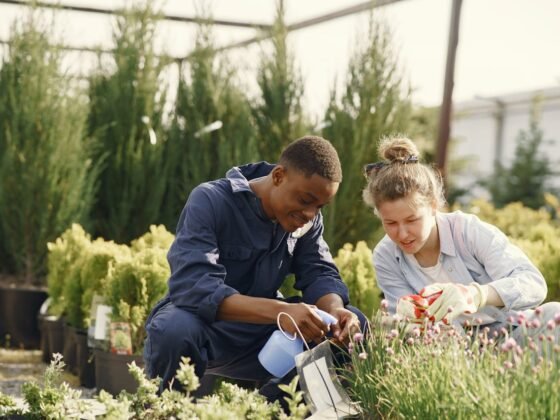Table of Contents Show
Passion fruit is a tropical fruit that is known for its unique flavor, health benefits, and culinary uses. It is also a highly profitable crop that can be grown in a backyard garden. However, growing passion fruit requires proper care and attention to ensure that the plants are healthy and productive. In this article, we will explore the different aspects of caring for passion fruit in your garden.

Importance of Proper Care
Growing passion fruit requires proper care to ensure that the plants thrive and produce high-quality fruits. Neglecting the plants can lead to stunted growth, poor yields, and susceptibility to pests and diseases. Therefore, it is essential to follow the proper care guidelines to get the most out of your passion fruit plants.
Controlling Pests and Diseases
- Common Pests: Passion fruit plants are susceptible to various pests, including fruit flies, spider mites, aphids, and mealybugs. These pests can cause significant damage to the plants and reduce fruit quality and yield.
- Common Passion Fruit Diseases: Passion fruit plants are also vulnerable to various diseases, such as bacterial wilt, fusarium wilt, and anthracnose. These diseases can cause wilting, leaf spots, and fruit rot, leading to reduced plant vigor and yield.
- Integrated Pest Management: This is a holistic approach to pest and disease control that involves using multiple strategies to prevent and manage pest and disease outbreaks. IPM techniques include cultural practices, such as crop rotation, sanitation, and pruning, as well as biological and chemical control methods.
Fertilizing Passion Fruit
- Importance of Fertilizing: Passion fruit plants require regular fertilization to promote healthy growth and fruit production. Fertilization helps to replenish essential nutrients in the soil that may be depleted over time.
- Types of Fertilizer: The best fertilizer for passion fruit is a balanced N-P-K fertilizer with a ratio of 8-8-8 or 10-10-10. Apply the fertilizer at the rate of one pound per plant every three months.
- Organic Fertilizers: Organic fertilizers, such as compost, manure, and bone meal, can also be used to fertilize passion fruit plants. These fertilizers provide slow-release nutrients that enrich the soil and improve plant growth.
Choosing a Location for Passion Fruit
- Climate Considerations: Passion fruit requires a warm, humid climate to grow well. The ideal temperature range is between 60 and 80 degrees Fahrenheit, with a relative humidity of 60-80%. Passion fruit grows best in areas with a minimum annual rainfall of 60 inches.
- Soil Requirements: Passion fruit prefers well-draining, fertile soil with a pH range of 6.0 to 6.5. The soil should be rich in organic matter and have good water retention capacity. Sandy or loamy soils are best for growing passion fruit.
- Sunlight Exposure: Passion fruit requires full sunlight exposure to produce high-quality fruits. The plants need at least six hours of direct sunlight daily to thrive. Ensure that the planting location is not shaded by trees or buildings.
Read Also:
Planting Passion Fruit
- Timing of Planting: The best time to plant passion fruit is during the warm months of spring or summer. The planting date should be adjusted to coincide with the onset of the rainy season to ensure that the plants have adequate moisture.
- Plant Spacing: The spacing between passion fruit plants should be between 10-15 feet. This spacing allows the plants to grow and spread without overcrowding.
- Digging the Hole: Dig a hole that is two to three times the size of the root ball of the plant. The depth of the hole should be equal to the height of the root ball.
- Adding Compost: Add compost to the soil to improve its fertility and water retention capacity. Mix the compost thoroughly with the soil before planting the passion fruit.
Watering Passion Fruit
- Frequency of Watering: Passion fruit requires regular watering to maintain optimal soil moisture. Water the plants at least twice a week during the dry season and reduce watering during the rainy season.
- Amount of Water: The amount of water required by passion fruit depends on the soil type, climate, and plant size. Water the plants until the soil is moist but not waterlogged.
- Irrigation Methods: The best irrigation method for passion fruit is drip irrigation or a soaker hose. These methods ensure that the water is delivered directly to the roots, minimizing evaporation and water waste.
- Mulching: This is a useful technique to conserve soil moisture and reduce water stress in passion fruit plants. Apply a layer of organic mulch, such as straw or leaves, around the base of the plants to prevent moisture loss and suppress weed growth.
Pruning Passion Fruit
- Importance of Pruning: Pruning is an essential technique to maintain the health and productivity of passion fruit plants. It helps to remove dead or diseased branches, control plant size, and promote air circulation and sunlight exposure.
- When to Prune: The best time to prune passion fruit is during the dry season when the plants are dormant. Prune the plants after harvest to remove the old growth and encourage new growth.
- Techniques of Pruning: Use sharp pruning shears to make clean cuts and avoid damaging the branches. Cut off the dead, diseased, or weak branches, leaving the healthy and vigorous ones intact. Trim back the branches that have grown too long or are obstructing sunlight.
Harvesting Passion Fruit
- When to Harvest: Passion fruit is ready for harvest when it turns from green to yellow or purple, depending on the variety. The fruit should be firm and slightly wrinkled but not overripe or shriveled.
- Techniques of Harvesting: Use a sharp knife or pruning shears to cut the fruit from the stem. Handle the fruit carefully to avoid bruising or damaging it. Harvest the fruit regularly to prevent over-ripening and fruit drop.









